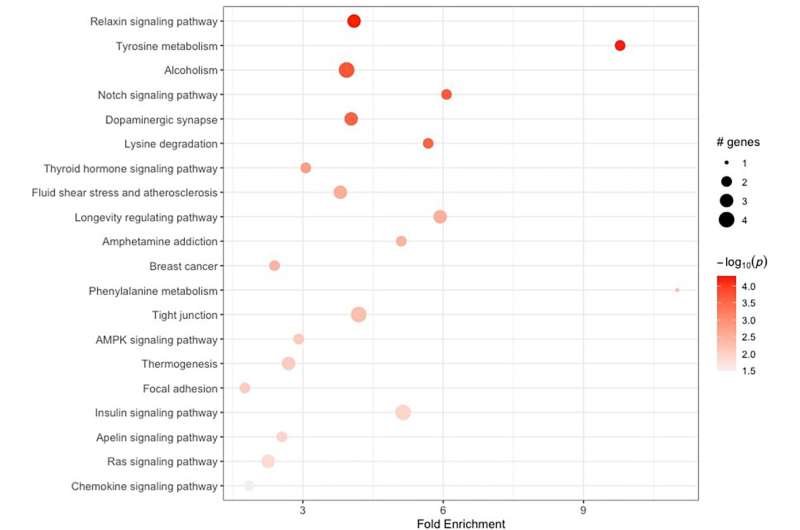
A team of Northwestern Medicine investigators has discovered novel DNA methylation patterns in the blood of patients with Parkinson’s disease, according to findings published in Annals of Neurology.
The study, led by Paulina Gonzalez-Latapi, MD, MS, assistant professor in the Ken and Ruth Davee Department of Neurology’s Division of Movement Disorders, demonstrates the potential of utilizing DNA methylation as a biomarker and diagnostic tool for identifying disease risk in patients.
Parkinson’s disease occurs when specific regions of the brain lose their ability to make dopamine and, ultimately, regulate movement. The condition impacts more than six million people worldwide, according to the Michael J. Fox Foundation for Parkinson’s Research.
In addition to currently known genetic causes of Parkinson’s, recent work has also suggested that environmental factors can increase one’s risk of developing the disease. Understanding the impact of environmental exposures and genetic mutations on disease risk, however, has remained understudied.
In the current study, the investigators studied DNA methylation profiles from the blood samples of 196 patients with Parkinson’s disease and 86 healthy controls enrolled in the Parkinson’s Progression Markers Initiative (PPMI) study.
“DNA methylation in some ways serves as a memory of prior environmental exposures that ultimately alter methylation signatures in our cells and body,” Gonzalez-Latapi said.
First, the investigators analyzed genome-wide methylation data to identify methylation changes in participants’ whole blood samples (consisting of red blood cells, white blood cells and platelets) over the three-year study period. They then integrated these data with gene expression data obtained through RNA sequencing.
By utilizing approaches, the team discovered 75 differentially expressed genes with different methylation patterns in Parkinson’s patients compared to healthy controls.
Notably, they found consistent differences in DNA methylation within the CYP2E1 gene from the beginning and throughout the three-year study period. The CYP2E1 protein is known to metabolize substrates, including pesticides, the exposure of which has been previously connected to the development of Parkinson’s disease, according to Gonzalez-Latapi.
“It’s a significant step towards unraveling the complex interactions at play in Parkinson’s disease and could pave the way for pinpointing potential biomarkers for early detection and progression,” Gonzalez-Latapi said.
“The characterization of DNA methylation and gene expression patterns in blood holds the potential to help us understand complex interactions between environmental and genetic factors in development of Parkinson’s disease,” said Dimitri Krainc MD, Ph.D., the Aaron Montgomery Ward Professor and chair of the Ken and Ruth Davee Department of Neurology, and senior author of the study.
“From a broader perspective, such patient-based studies will help categorize Parkinson’s disease patients through a biological lens that will ultimately facilitate the development of more precise treatments for patients with different subtypes of disease.”
Moving forward, Gonzalez-Latapi said her team aims to study DNA methylation data from patients who are in the prodromal phase of Parkinson’s—those who are at risk of developing the disease but are not yet symptomatic. They also hope to study how environmental exposures, such as pesticide exposure, impact methylation changes in patients over time, she added.
More information:
Paulina Gonzalez?Latapi et al, Alterations in Blood Methylome as Potential Epigenetic Biomarker in Sporadic Parkinson’s Disease, Annals of Neurology (2024). DOI: 10.1002/ana.26923
Citation:
Scientists discover potential biomarkers of environmental exposures in Parkinson’s disease (2024, April 26)
scientists-potential-biomarkers-environmental-exposures.html
.
. The content is provided for information purposes only.
